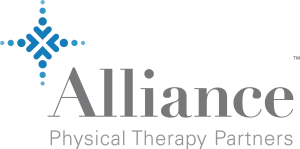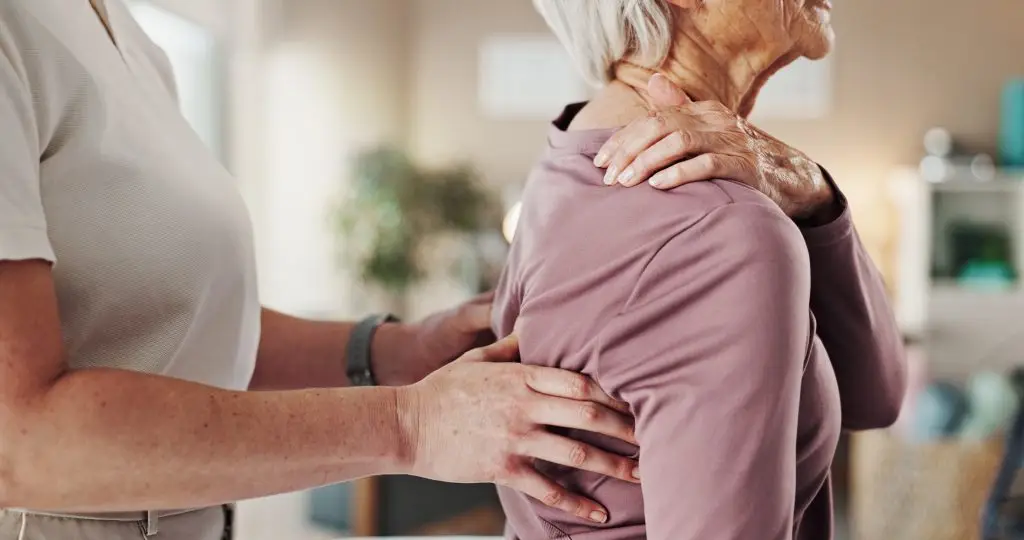Did you know that about 65 million adults have reported experiencing an episode of back pain, and 16 million of those same adults have reported symptoms of chronic back pain? If you’re experiencing upper back pain, lower back pain, or mid back pain that lasts longer than 3 months, you are certainly not alone.
Acute pain arises when you twist, lift, or stretch in the wrong way and all of a sudden feel pain somewhere in your back. Chronic back pain may be caused or worsened by these events and is characterized by symptoms that do not go away.
In either case, back pain is a common experience that can place a significant burden on your quality of life. Depending on the severity of your condition, you may find normal daily activities, such as walking, taking out the trash or even sitting for long periods of time, to be very difficult.
Causes of back pain
Back pain can be caused by a number of things, including simply aging. The back is responsible for carrying the weight of the upper body and stabilizing the body during movement, and certain lifestyles or habits can cause the spine to wear down faster than normal. Chronic or acute back pain can be caused by or made worse by:
- Poor posture
- Weak or strained back muscles
- Certain active lifestyles, including heavy weightlifting or contact sports
Additionally, back pain may be triggered by a medical or orthopedic condition, such as:
- Degenerative disc disease
- Herniated discs
- Muscle tears
Fortunately, many of these causes of back pain can be addressed through physical therapy if you are proactive about seeking treatment. Chronic back pain does not get better on its own and typically gets worse with time. Physical therapy has proven to drastically reduce the symptoms associated with back pain and help patients avoid the need for back surgery in the future.
Symptoms of back pain
Besides the obvious symptoms of back pain, other lifestyle warning signs of poor back health include:
- Tingling or numbness in your extremities
- Limited spine flexibility
- Difficulty standing or sitting comfortably for long periods of time
- Leg or hip pain
Because the spine is so critical to both transmitting nerve signals throughout the body and maintaining mobility, there are many other symptoms that may be expressing back or spine issues. This is why it’s important to talk to a medical professional about all of your symptoms so they can work with you to figure out an accurate and personalized diagnosis and treatment plan.
Back pain physical therapy treatment
Physical therapy is an excellent treatment option for many conditions that result in back pain or related issues. It’s an alternative treatment to surgery or medication in some cases, and a vital component of a comprehensive treatment plan for many spinal conditions. Some techniques that evidence shows can help alleviate back pain include:
- Manual therapy
- Strength and flexibility exercises
- Dry needling
Whether you recently hurt your back for the first time or have been dealing with chronic back pain for years, it’s never the wrong time to seek help in alleviating your pain. Start a conversation with a physical therapist near you to start working toward long-lasting results and relief that allow you to live a pain-free life.



